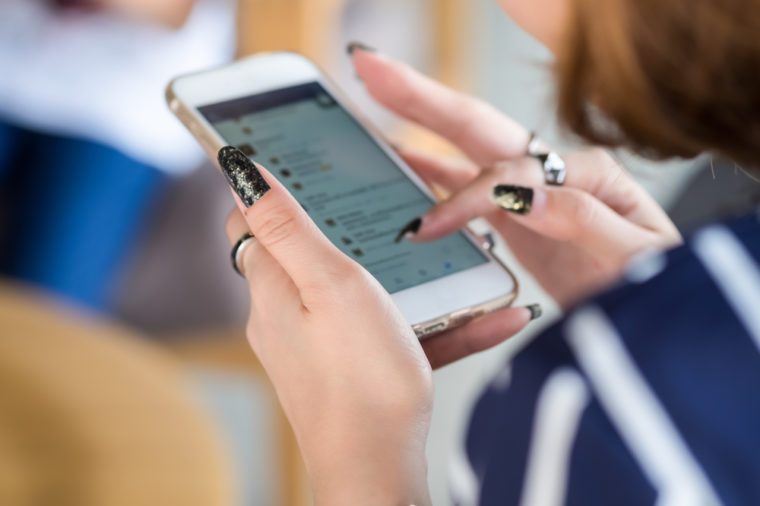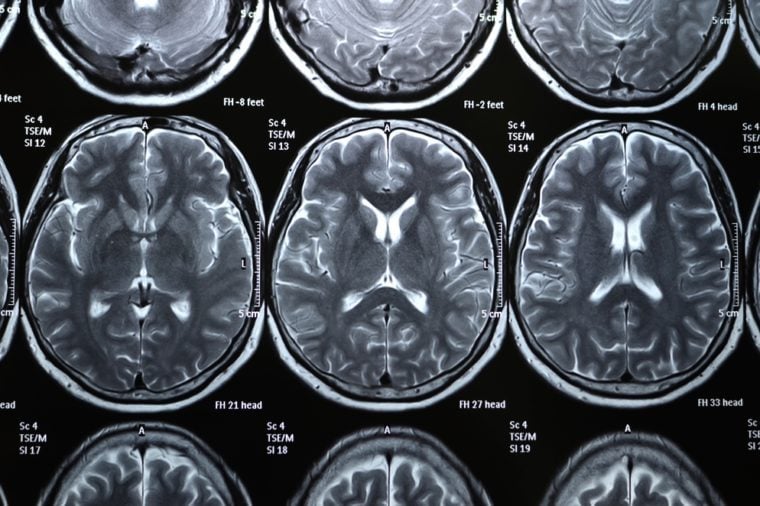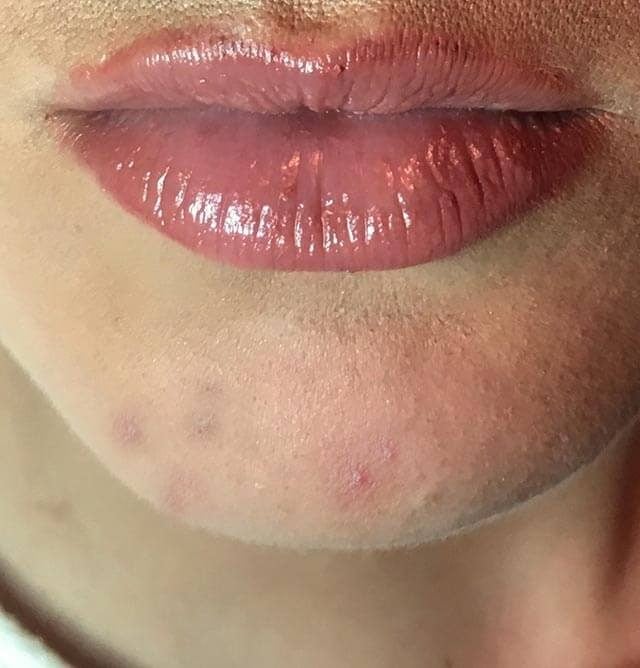
The teenage years are when most adolescents suffer from acne flare-ups and cystic pimples. Lucky for me, I had clear, porcelain, glowing skin. I never even used skincare products! Yep, not a drop—true story. I remember how lucky I felt to not have to suffer the emotional stress and embarrassment of having a face covered in craters, redness, hyperpigmentation, and dry flakey skin… until it happened to me.
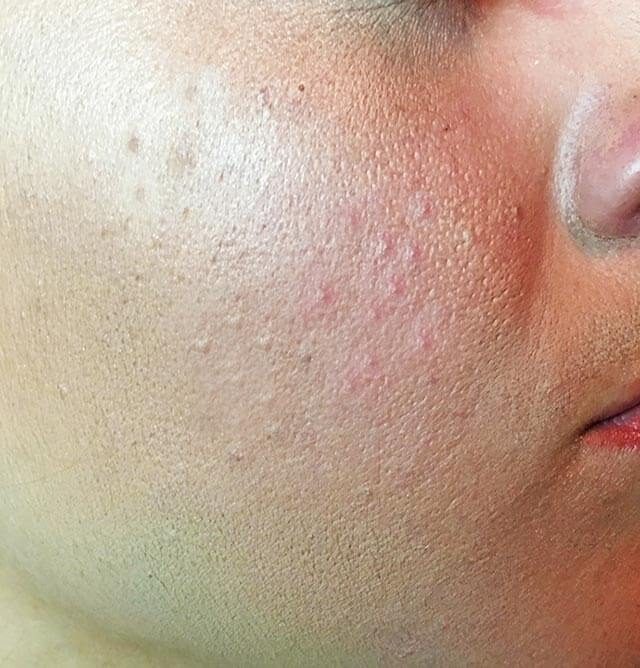
Around the time I went to college, I started noticing small breakouts along my jawline and had no idea why. I wasn’t doing anything different than I had been doing my whole life. And ironically, the better care I took of my skin, the more acne I got. I was embarrassed and depressed.
Naturally, I ran to the local pharmacy and purchased cult-favorite skin care products, including Cetaphil Gentle Skin Cleanser paired with Cetaphil Daily Facial Moisturizer SPF 15, which resulted in nothing. Nada. If anything, my skin looked and felt worse.
That’s when I got serious and made an appointment with a dermatologist, who put me on topical and oral medications to treat what turned out to be hormonal acne, due to the fact that I had stopped taking birth control. Board certified dermatologist Debra Wattenberg, MD, explains, “Hormonal acne tends to develop post-teenage years and is commonly distributed along the jawline, neck, and cheeks. It often presents with cysts that are caused by fluctuations in hormones, specifically increases in androgens like testosterone.” Causes of hormonal acne, according to Dr. Wattenberg, founder of NY Skin RX, include irregular periods, discontinuation of birth control pills, and menopause. The cysts that develop from hormonal acne are deep and hard to treat, so Dr. Wattenberg commonly recommends antibiotics, birth control pills, and anti-androgens such as Spironolactone, which dials down male hormone expression in the body. These are the clear signs you probably need prescription acne treatment.
Unfortunately, that’s not the happy ending to the story. Although my acne slowly cleared up, it left behind terrible scars, including hyperpigmentation and discoloration of the skin, which is usually caused by excessive picking at areas of irritation, popping pimples the wrong way (here’s the right way to get rid of a pimple overnight), and picking away at pimples as they are healing.
I struggled to find the solution to correct my damaged skin. I tried Sephora’s top picks for scarring from holy grail dermatologists and celebrities such as Kate Somerville, Dr. Dennis Gross, Dr. Jart, and more. Once again, I was left feeling hopeless that my skin would ever be the same.

After months of research on the most powerful skin care ingredients such as Vitamin C, turmeric, and retinoids, I finally found my skincare saviors: Peter Thomas Roth’s Acne Clearing Wash and Mad Hippie Vitamin C Serum mixed with a K-Beauty staple, Skin & Lab’s Red Serum, have worked their magic to completely clear my hyperpigmentation, scarring, and redness. This product combination is a skin care miracle like I have never experienced before.
Here’s how they work: The Acne Clearing Wash has 2 percent salicylic acid, which helps eliminate the breakout cycle while removing excess oil, makeup, and bacteria. “Salicylic acid helps to destroy the attachments between skin cells, which allows exfoliation of the skin and helps to unclog pores,” explains Dr. Wattenberg. “It also has anti-inflammatory properties.” The formula soothes and conditions the skin with allantoin and pro vitamin B5, leaving it thoroughly clean and residue-free.
The star ingredient in Mad Hippie Vitamin C Serum is obviously Vitamin C, an antioxidant that helps to destroy cell-damaging free radicals, according to Dr. Wattenberg. It decreases inflammation from acne and helps to reduce redness, scarring, and pigmentation. This particular formulation has rose extracts to hydrate the skin, and it adds its own anti-inflammatory properties to decrease the chance for discoloration.
Skin & Lab’s Red Serum has one of the most powerful super-fruit products to slough away dead skin and prevents pore congestion. “These products exfoliate the skin, increasing cell turnover, preventing pigmentation, and scarring,” Dr. Wattenberg explains. “The anti-inflammatory effects of the vitamin C prevent superficial reddening of the skin. Salicylic acid can dissolve the keratin plug that causes a blackhead—it dissolves oil and dead skin cells, making pore look smaller. It also decreases oil production because it’s lipophilic, or water-loving, and has the ability to penetrate the pore, destroy the oil and unclog the pore.”
With this trio of products, my skin has not looked and felt this good since 2008. (Yes, that is an accurate number).
I wish I could tell you that the road to finding the products that work best for your skin ailments is quick and easy, pain-free, and not at all emotionally draining, but everyone’s experience is different. Luckily, you’re one step closer to trying something that your skin and soul will thank you for! Here’s a good place to start for the best acne treatment kits for your skin type.
The post These 3 Skin-Care Products Literally Erased My Hormonal Acne Scars appeared first on Reader's Digest.
from Reader's Digest http://bit.ly/2mT21Tx
These 3 Skin-Care Products Literally Erased My Hormonal Acne Scars Reader's Digest
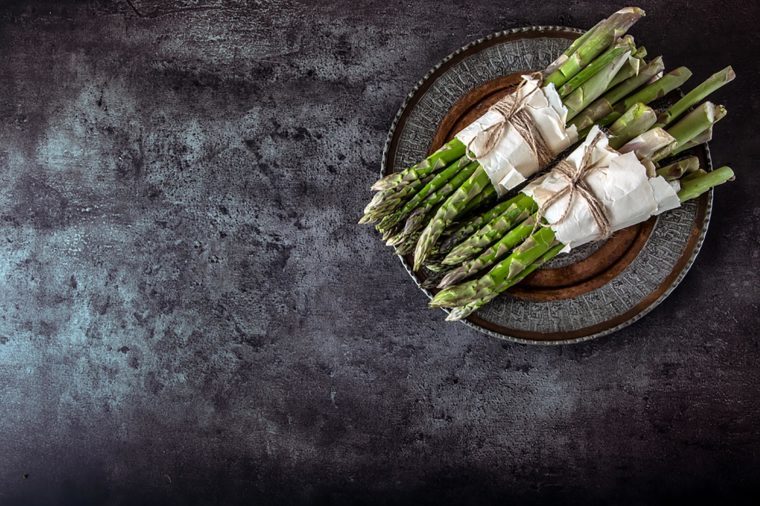 Face it, if you want to lose weight over the long haul, your best bet is to make sustainable, long-term lifestyle changes.But sometimes life comes at you fast and you need a fast solution. One smart lifestyle change is to eat plenty of veggies—especially for someone looking to lose weight. Vegetables are nutrient-packed and provide plenty of filling fiber with hardly any calories. Plus, non-starchy veggies have a high water content, so they hydrate you while filling you up—the perfect combination for weight loss. Shedding those pounds means shedding old habits, check out
Face it, if you want to lose weight over the long haul, your best bet is to make sustainable, long-term lifestyle changes.But sometimes life comes at you fast and you need a fast solution. One smart lifestyle change is to eat plenty of veggies—especially for someone looking to lose weight. Vegetables are nutrient-packed and provide plenty of filling fiber with hardly any calories. Plus, non-starchy veggies have a high water content, so they hydrate you while filling you up—the perfect combination for weight loss. Shedding those pounds means shedding old habits, check out 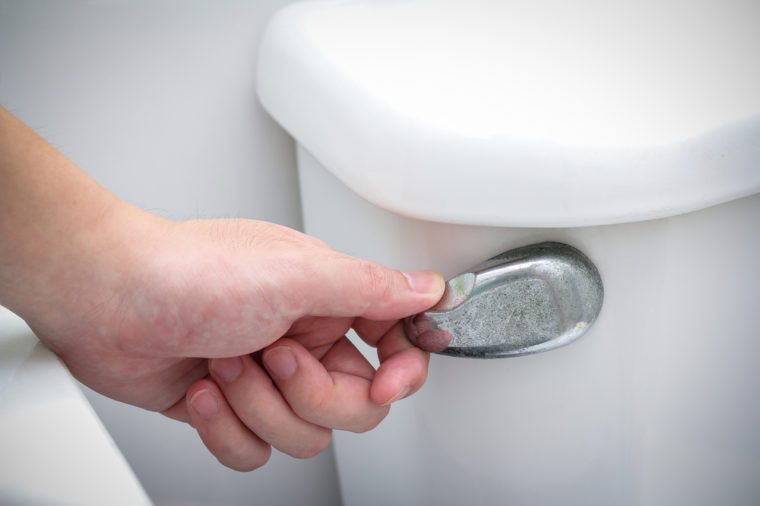 Fecal matter and urine can fly as far as six feet away from the toilet bowl during each flush, according to Charles Gerba, a microbiologist from the University of Arizona. Close the lid before you flush to keep those gross particles in your toilet and out of the air. Here are more
Fecal matter and urine can fly as far as six feet away from the toilet bowl during each flush, according to Charles Gerba, a microbiologist from the University of Arizona. Close the lid before you flush to keep those gross particles in your toilet and out of the air. Here are more 


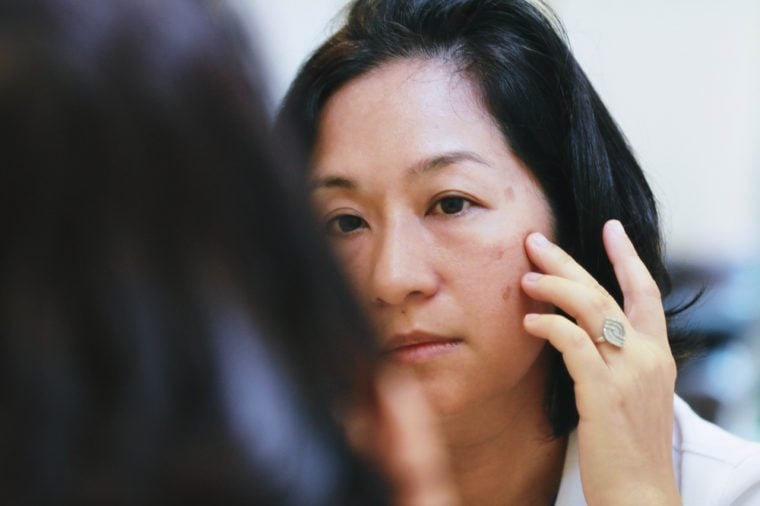 Acne is the most common skin disorder—
Acne is the most common skin disorder—